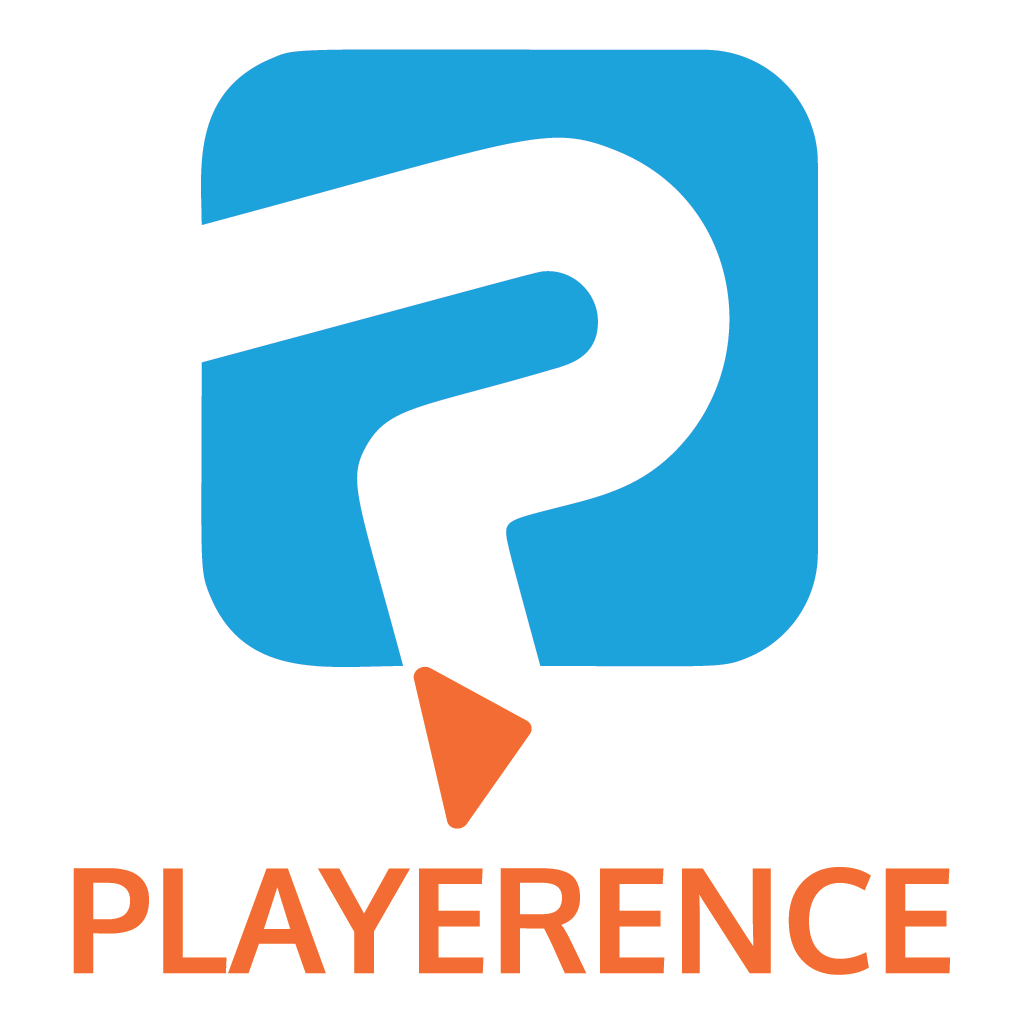Remote and hybrid work models are no longer a fad—they are becoming widespread within organisations.
The pandemic was a wake-up call for an already growing demand and adoption of remote work; thus, today, we expect nothing more than workplace flexibility.
Therefore, with such dramatic changes to workplaces, let’s take a closer look at ten remote work statistics and trends for 2022 and beyond.
1. Knowledge Workers Want Location and Schedule Flexibility Permanently
While there will be people who want to work from the office, most are eager to avoid or permanently reduce the commute.
One survey found that 78% of knowledge workers want location flexibility, while 95% desire to have a flexible schedule in the long run. This shows that fewer individuals will be willing to give up the convenience and control of their routines in the future.
2. Employees Are Ready To Quit if Remote Work Is Axed
Pause and think. The Great Resignation is real, and employers are feeling the pressure. Workers are prepared to ditch their current jobs if bosses can’t accommodate their preference for remote work.
According to Microsoft, 54% of Generation Z workers and 41% of the entire global workforce are ready to resign. Indeed, a flexible working model attracts and helps retain talent—77% of job seekers claim that remote work is the second-highest compensation and benefit that matters to them after salary.
Consequently, companies are now reconsidering their work-from-home policies to continue enhancing their employer brand and competitiveness in the global labour market.
3. Investment in Digital Collaboration Tools Takes Priority
39% of executives claim that in order to support sustainable and productive remote work, it’s vital to invest in digital collaboration platforms.
This demonstrates that many companies have begun and will continue to recognise the relevance of work design in facilitating remote work arrangements in the future.
4. Growing Role of Metaverse for Work
The limitations of current remote work platforms are starting to become apparent. Often, organisations’ collaboration solutions are siloed and don’t offer a unified experience.
Thanks to the pandemic, which acted as a catalyst for the growth of the global metaverse market, we now see more and more companies adopting metaverse technologies and immersive workspaces in virtual offices.
Wider usage of metaverse technologies in organisations will allow better employee engagement, collaboration and connection, paving the way for new business models.
Have you considered implementing a virtual office in your organisation?
Learn more about My Digital Office—an immersive digital office for distributed teams.
5. Attention to Cybersecurity Concerns Will Rise
54% of IT leaders claim that remote and hybrid teams pose more significant cybersecurity risks than onsite office counterparts.
Lack of formal policy on how technology should be used working outside the office and training means that companies are exposing themselves to potential cyberattacks and information leaks. As a result, they need to focus on closing policy loopholes and establishing new security procedures.
6. Virtual Recruitment Will Become Prevalent Form of Talent Acquisition
In-person interviews are becoming obsolete as new remote recruitment practices emerge.
59% of companies have been interviewing applicants via video, and 65 % are prepared to extend employment offers without meeting their candidate in person. A virtual onboarding process is also gaining momentum, with 67% of organisations doing it.
Virtual recruiting methods benefit organisations and job seekers by increasing candidate-recruiter interaction, resulting in a better applicant experience. Furthermore, they expedite the process while minimising the associated expenses, especially because you can hire across the globe.
7. Urbanisation Is on the Decline
Remote workers are on the lookout for locations with improved quality of life and relative serenity.
People can choose where they want to work and stay thanks to flexible working arrangements. If in the past they used to congregate in cities closer to their workplace, recent trends show that people are moving to suburbs or even rural areas.
The de-urbanisation process means that the reduction of city office spaces will be inevitable.
8. Physical Offices May Become Obsolete
It’s predicted that hybrid work arrangements will decrease office space demand by 9% or more.
Maintaining physical offices is becoming burdensome and cost-ineffective for many businesses. This is particularly true for large enterprises with divisions and teams across the country.
For example, the investment bank HSBC plans to cut office space by 40% to curb its real estate footprint and shift to a hybrid working model.
It’s true that finding synergy between on-site and off-site working models can deliver tremendous bottom-line improvements; thus, many businesses will be ditching physical offices at scale.
9. The Shift in Performance Management Practices
When managers are in the same room with the employees, ensuring productivity and providing feedback is easy.
However, the game is totally different when leading a virtual team you can’t see face-to-face. It’s easy to slip into mistrust and micromanagement, which ultimately destroys staff morale and creates a culture of fear.
Remote leaders are now expected to manage staff by results, granting them autonomy to work as they see fit provided that the duties are accomplished promptly and to the required standard.
10. More Focus On Remote Employee Wellbeing
Forbes reports that the opportunity to work from home increases workers’ happiness by 20%. However, this is not always the case since more and more remote employees are finding themselves in a daunting place.
Four in five workers find it hard to “shut off” in the evenings, which leads to stress and anxiety.
Virtual self-care routines, remote staff wellbeing sessions and workshops on emotional resilience are gaining significant ground, as companies are looking to support their remote workforce more effectively.
The Final Word
That concludes our list of ten trends that will shape the future of remote work.
As telework is becoming more mainstream, we can expect more fundamental changes in how we view and perform work.
Be sure to check out our blog to stay up-to-date with the latest developments in the virtual workspace.








